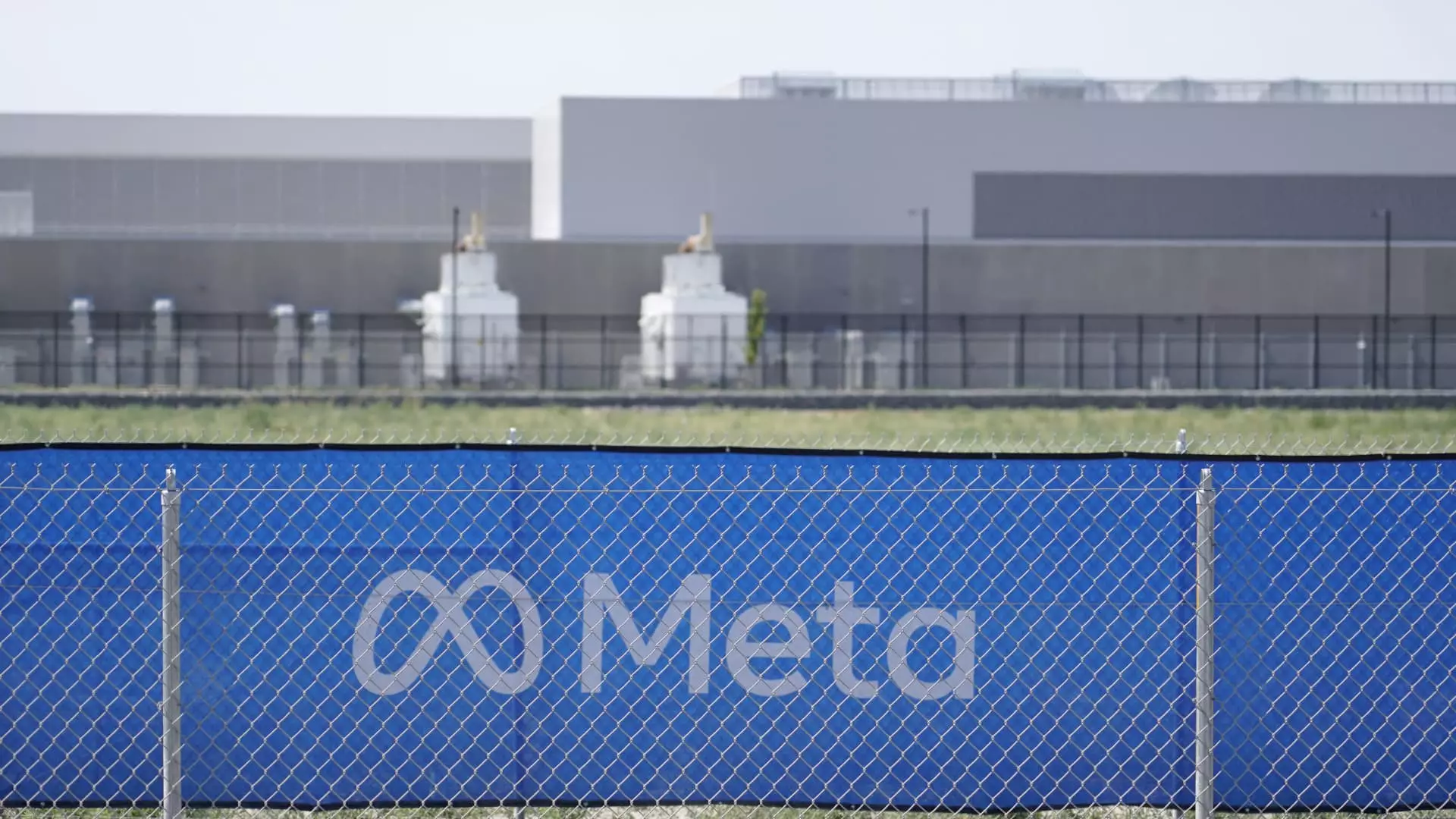In a dynamic turn of events, Arm Holdings saw its shares skyrocket by 6% following a Financial Times report detailing the company’s ambitious foray into developing its own chip. This strategic move also marked a significant partnership, with Meta aligning as one of Arm’s primary customers. Such a shift raises questions about competitiveness in the semiconductor industry, especially since Arm has built its business model on licensing its core technologies to a slew of prominent clients.
Historically, Arm has maintained a neutrality that has afforded it the moniker of the “Switzerland” of the chip industry. This positioning enabled it to collaborate with tech giants like Apple, Google, Nvidia, and Intel without playing favorites. However, the new endeavor to create in-house chips represents a possible departure from this foundational strategy. By designing a server-focused central processing unit (CPU), Arm risks overlapping with its clients who rely on its technology, introducing complexities into relationships previously built on mutual benefit.
Shift in AI Investments
Meta’s heavy investment—projected at $65 billion in 2023—underscores a clear trend towards AI-centric solutions. While Meta has predominantly leveraged Nvidia systems for its AI workloads, the company’s interest in developing its own chip signals the competitive landscape’s volatility. This shift reflects a broader imperative across technology firms to own more of their infrastructure, fostering a more self-sufficient approach to resource allocation. The quest for advanced processing capabilities can currently be observed as companies scramble to enhance their infrastructure to support data-heavy AI applications.
Arm’s trajectory is particularly noteworthy given the failed attempt by Nvidia to acquire the company for $40 billion in 2020—a move blocked due to regulatory concerns regarding Arm’s pivotal role in the semiconductor marketplace. As of 2023, Arm has emerged publicly with a robust market capitalization exceeding $173 billion, showcasing investor confidence in its positioning as a crucial player in AI technology development.
Future Opportunities and Challenges
Analysts note that Arm’s strategy to sell more sophisticated technology to existing clients could bolster its revenue streams significantly. Recent comments from CEO Rene Haas on potential data center investments from tech powerhouses like Google and Microsoft, amounting to $75 billion and $80 billion respectively, illustrate the vast market opportunities available for Arm. The anticipated demand for cutting-edge technology in server operations is backed by Meta’s intentions to restructure its computing landscape, allowing Arm to solidify its role as an undisputed leader in this competitive field.
Furthermore, Arm’s participation in the Stargate initiative—a collaborative effort estimated to require $500 billion in funding to build AI infrastructure for OpenAI—further positions it at the helm of critical technology advancements. However, the road ahead will require careful navigation of old partnerships and new market realities, ensuring that the company’s historical neutrality doesn’t become its downfall as it seeks to innovate within its realm of expertise.
Arm’s pursuit of self-developed technology, coupled with its existing relationships, sets the stage for a potentially transformative period in the semiconductor industry, one that hinges on balancing competition and collaboration.

